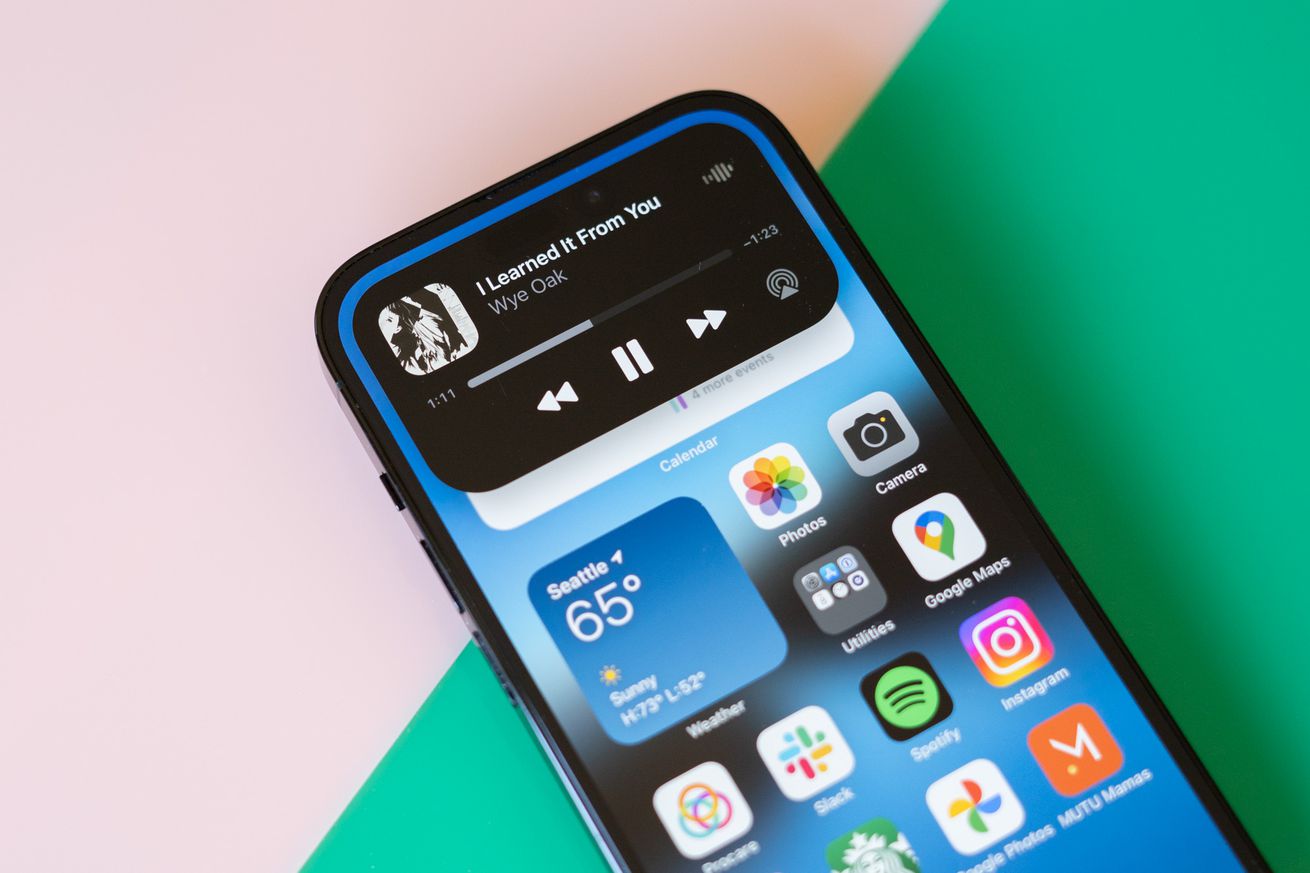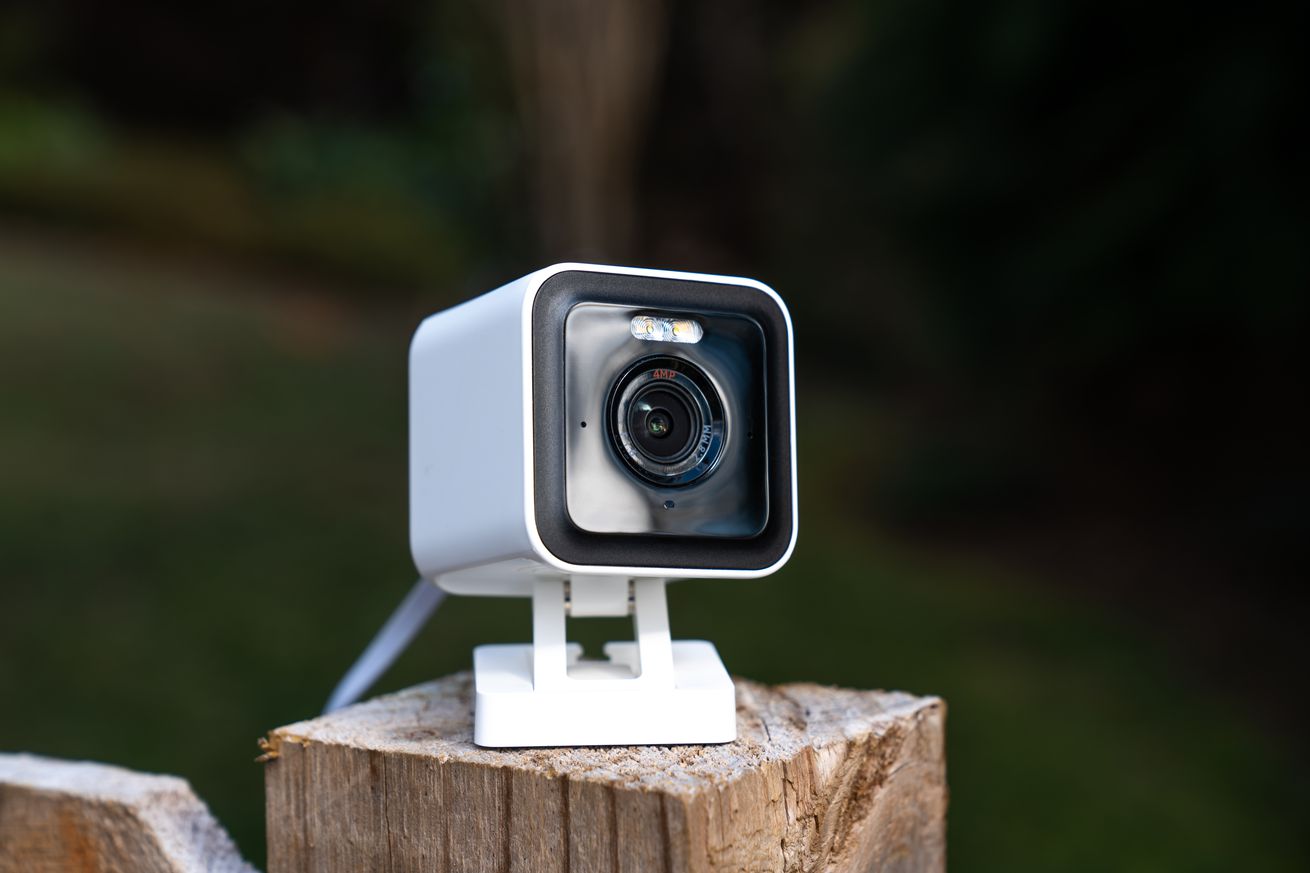
iRobot’s newest robot vacuums are smarter and more powerful, and the mopping bot can scrub your floors more deeply. At least, that’s what the company is claiming as it launches its newest flagships: the $1,399 Roomba Combo j9 Plus vacuum / mop and the $899 j9 Plus vacuum. Both models are available to pre-order now at irobot.com in the US and Canada. iRobot also launched two midrange robot vacuums that can mop last week.
iRobot is clearly feeling the pressure from its many, many competitors. These latest models focus on bringing more smarts, power, and scrubbing action to keep up with the likes of Ecovacs, Roborock, and Dreame, who are launching ever more fantastical home cleaning bots.
Let’s start with the Combo j9 Plus. It has the same retractable mop system as the Combo j7, which ingeniously lifts the robot mop up and over the vacuum so it won’t touch your carpets. Most of the competition deals with the problem of dragging dirty mops over the carpet by lifting up their mop pads a few millimeters, which can be an issue with higher-pile rugs.
I loved the retractable mop when I tested the Combo j7, but the actual mopping was only so-so — it didn’t really scrub, and it was easily outclassed by the oscillating mop pads and spinning mop heads of combo vacs from Roborock and others.
iRobot’s answer to the competition, which it calls SmartScrub, is actually quite smart. Rather than redesign the mopping apparatus, iRobot has the entire robot move back and forth, mimicking the way you scrub the floor with a manual mop.
It doesn’t do this in every room; SmartScrub combines with another new software feature called Dirt Detective (more on this later) to target rooms likely to need it, such as kitchens and entryways. You can also choose to enable it on a room-by-room basis in the app. Best of all, SmartScrub is also coming to the Combo j7 Plus via a software update.
/cdn.vox-cdn.com/uploads/chorus_asset/file/24907027/Roomba_Combo_j9__CleanBase_Auto_Fill_Lifestyle_ArmLifting.jpg) Image: iRobot
Image: iRobot
The Combo j9’s other new feature is a redesigned auto-empty / charging dock that now automatically refills the mop’s water tank. This is something I felt was missing when I reviewed the Combo j7 Plus; you have to refill that mop reservoir manually.
The lower-priced $899 j9 Plus is a vacuum-only version of the Combo j9 Plus and comes with the same dock as the j7. Both new models have the same AI obstacle avoidance that arrived on the Roomba line with the j7 — so will skirt common household clutter and the dog poop that robot vac companies think is all over our homes. It's important to note this feature uses a camera that’s on the vacuum.
The company also says that the j9 Plus models are Roomba’s most powerful to date. iRobot doesn’t release Pa numbers but says it’s 100 percent more powerful than the i series. (That said, iRobot’s suction power claims sometimes feel deliberately obtuse — its website says both the j series and i series are 10 times as powerful as the 600 series, while the s9 is 40 times more powerful. Assuming the j9 is twice as powerful as the i series, that’s still only half as powerful as the s9. We’ve reached out to iRobot for clarification.)
Both new models ship with Version 7.0 of iRobot OS, which introduces an intriguing feature called Dirt Detective. This learns which rooms in your home are the dirtiest and cleans those first. iRobot says this “analyzes past cleaning preferences, patterns, and timing to automatically prioritize rooms that need the most attention.”
Dirt Detective works with a feature introduced in iRobot OS 6.0 that automatically identifies room types using its onboard camera. So it guesses a room with a fridge and an oven may be the kitchen (you can adjust these names in the app). It is also smart enough to know to clean the bathroom last, avoiding the possibility of smearing any bathroom debris over your rugs.
/cdn.vox-cdn.com/uploads/chorus_asset/file/24907021/RoombaCombo_j9__CleanBase_LeftAngled_Open.jpg) Image: iRobot
Image: iRobot
/cdn.vox-cdn.com/uploads/chorus_asset/file/24907016/Roomba_j9_Cleanbase_LeftFacing.jpg) Image: iRobot
Image: iRobot
Interestingly, the new dock for the Combo j9 doesn’t have a dirty water tank — a feature on competitor docks from Roborock and Ecovacs. This is because it doesn’t clean the mop pad; instead, you’re expected to remove it and wash it. This does away with the potential for gunky grungy docks, a real hazard with the new multifunction docks if you don't keep them clean. However, the Roomba’s mop pad is thinner and smaller than the competition's, so I'm skeptical as to how effective it will be.
Roomba’s current auto-empty dock, which remains for j9 Plus, is the best-designed of the current crop of docks, looking more like a piece of furniture than others. A fun twist is that the new Combo j9 dock can also be a piece of furniture; they’ve designed the top to be a side table.
iRobot also says its new dock is much quieter than the previous version when auto-emptying — a process that on the current dock sounds a lot like a jet engine taking off in your living room.
Speaking of quiet, iRobot is finally bringing suction-level options to its vacuums. On the j9 models only, you can now choose between low, medium, and high suction levels in the app. An option on every other robot vacuum cleaner out there, iRobot hasn’t let users have this type of control before. The main benefit is being able to let your vacuum run on low when you’re home without it annoying you or your family members.
/cdn.vox-cdn.com/uploads/chorus_asset/file/24907024/Roomba_j9_Kitchen_DirtDetective.jpg) Image: iRobot
Image: iRobot
I spoke to Colin Angle, iRobot’s CEO, ahead of the launch, and he explained that the strategy with these new robots is to get back to basics with robot vacuums. “The features you’re ‘supposed’ to want are spinning pads, lasers [lidar navigation], and long battery life,” he said. “But what you really need are cleaning, ease of use, and will it get back to the dock.”
He’s not wrong here — it doesn’t matter how many fancy features a bot has; if it gets stuck, it’s not going to clean your house. In my testing of bots with spinning mops, I’ve noticed they are more prone to getting stuck; big flappy mops sticking out the side are a definite trip hazard. However, they do a good job of scrubbing your floors. We'll have to see whether the Combo j9’s new scrubbing action will make up for that once I get these new models in for testing.




/cdn.vox-cdn.com/uploads/chorus_asset/file/24906978/DSC05500_processed.JPG)

/cdn.vox-cdn.com/uploads/chorus_asset/file/24906788/DSC05462_processed.JPG)

/cdn.vox-cdn.com/uploads/chorus_asset/file/24907075/01_suggestions.png)
/cdn.vox-cdn.com/uploads/chorus_asset/file/24907082/02_crop.png)
/cdn.vox-cdn.com/uploads/chorus_asset/file/24907097/03_tools.png)
/cdn.vox-cdn.com/uploads/chorus_asset/file/24907101/04_adjust.png)
/cdn.vox-cdn.com/uploads/chorus_asset/file/24907111/05_filters.png)

/cdn.vox-cdn.com/uploads/chorus_asset/file/24906795/Jen_Tuohy_homescreen.jpeg)

/cdn.vox-cdn.com/uploads/chorus_asset/file/24906729/Screenshot_20230908_141949.png)
/cdn.vox-cdn.com/uploads/chorus_asset/file/24906733/iphone_apps.jpeg)

/cdn.vox-cdn.com/uploads/chorus_asset/file/22528926/DSCF2173.jpg) Photo by Mitchell Clark / The Verge
Photo by Mitchell Clark / The Verge
/cdn.vox-cdn.com/uploads/chorus_asset/file/24089895/226330_Fitbit_Sense_2_VSong_0006.jpg) Photo by Victoria Song / The Verge
Photo by Victoria Song / The Verge
/cdn.vox-cdn.com/uploads/chorus_asset/file/24904073/IMG_1753.jpg) Photo by Victoria Song / The Verge
Photo by Victoria Song / The Verge


